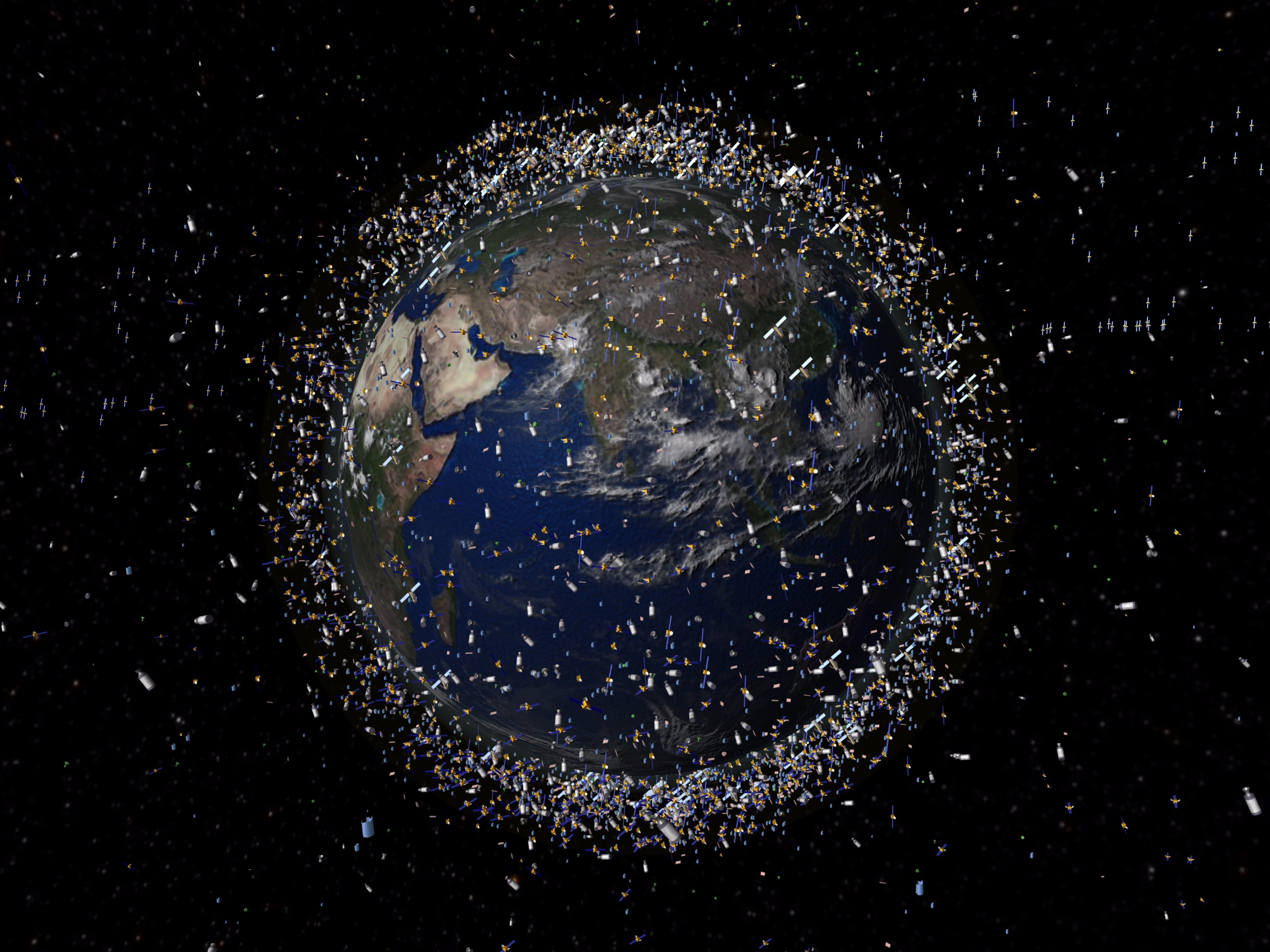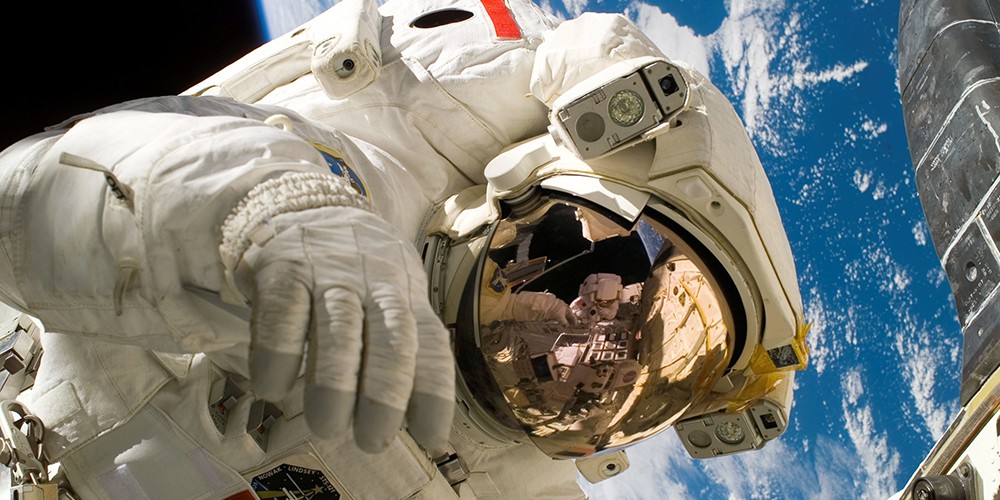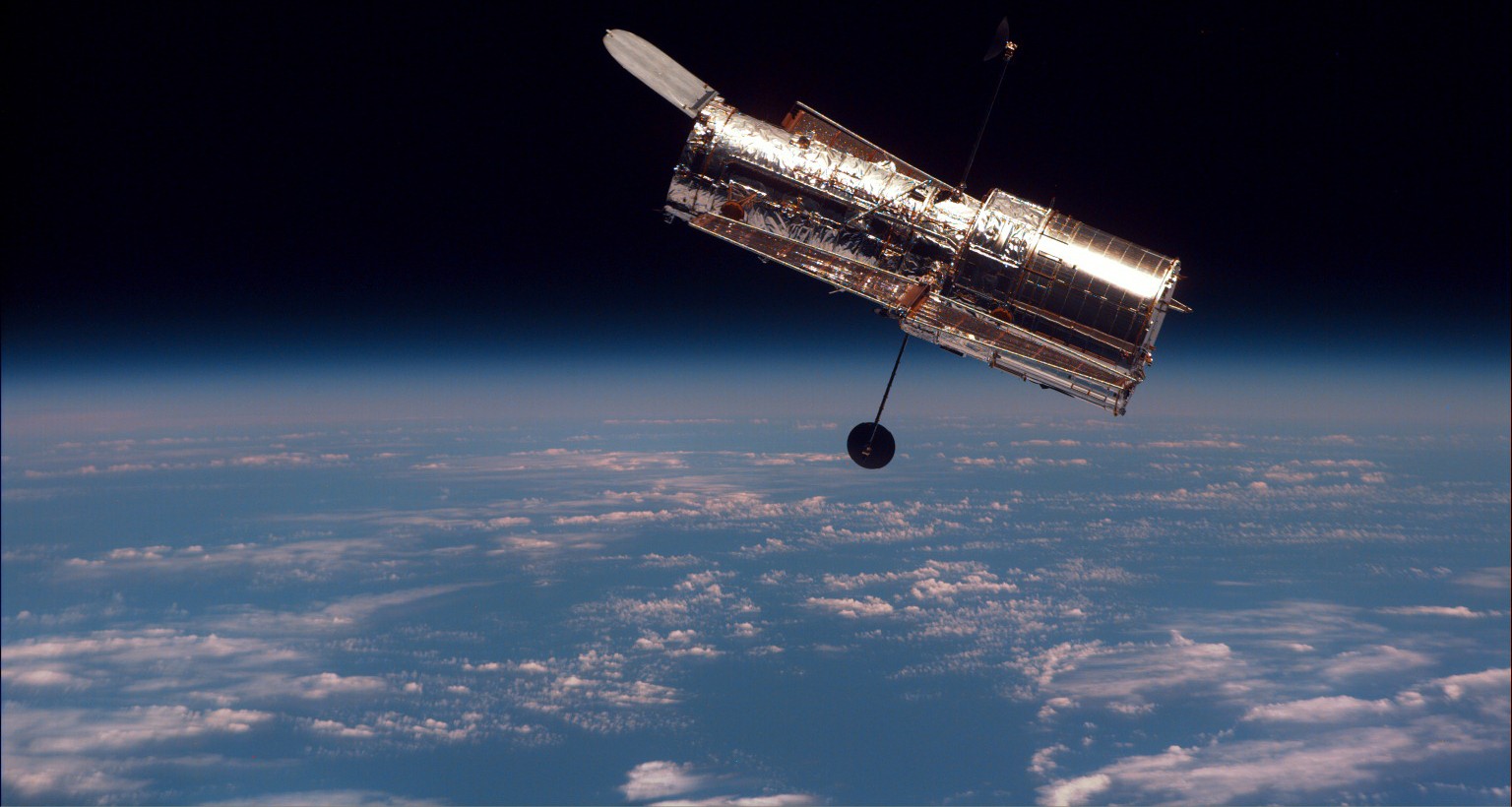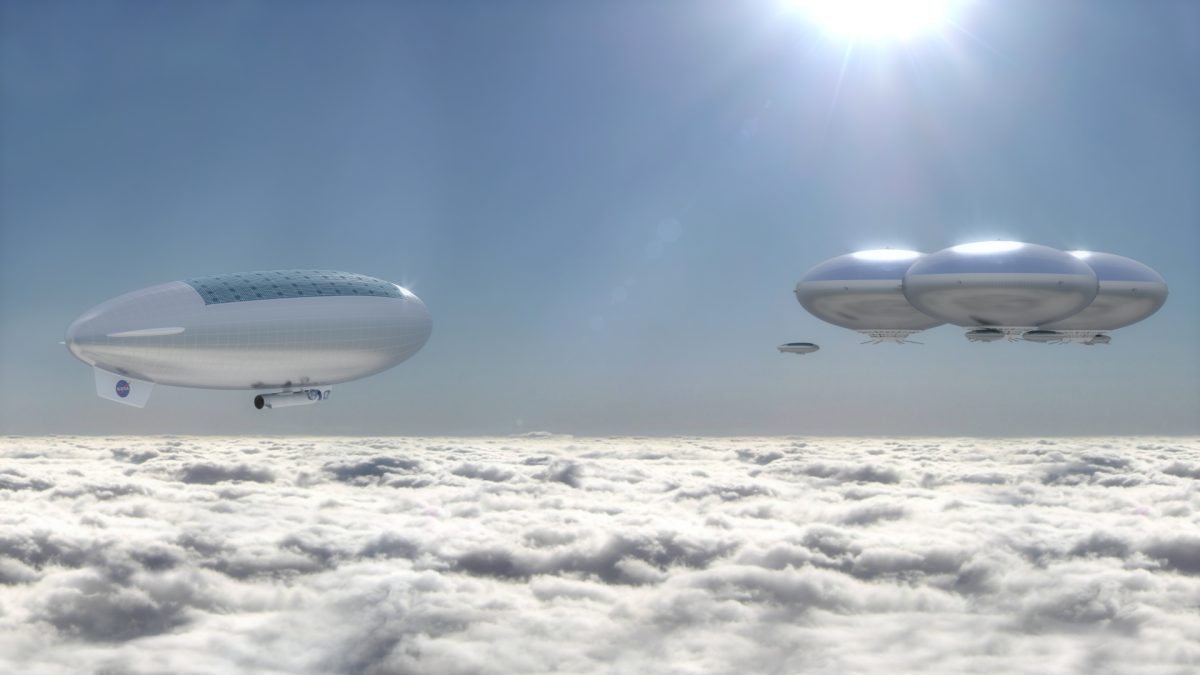Even the universe is drowning in garbage. The American space agency Nasa is currently tracking around 20,000 pieces of waste materials, spent rocket parts, broken satellites and tons of other waste larger than a tennis ball. All these objects are moving in space at a speed of 27,360 km/h. In addition, we list about 500,000 other pieces of garbage between the size of a tennis ball and a marble. Where does this lead?
NASA
Space salad? Even children would eat these types of vegetables. But so far, the honor has only gone to the astronauts on the International Space Station ISS, who set a new milestone by growing the first food in space (Project Veggie). It is a new step in training humans for a mission on Mars and an idea that has been toyed with in many films, the latest of which is The Martian.
50 years ago, on June 3, 1965, Ed White became the first NASA astronaut to perform a spacewalk. It lasted 23 minutes. For the Americans, the Gemini 4 mission several hundred kilometers above the Earth was a major turning point in space exploration, and White successfully tested the propulsion mechanism and space suit. And if you think you read about the celebration of the fiftieth anniversary of the first spacewalk months ago, your memory is correct. The first spacewalker was the Russian Alexei Leonov, who succeeded in his feat on March 18 of the same year.
The Hubble Space Telescope celebrates 25 years. Since it was put into Earth's orbit a quarter of a century ago, it has greatly changed our view of space. The venerable jubilee, which will be celebrated in 60 places in Europe alone, is an opportunity to take a look at what the famous telescope has contributed. He certainly had a hand in many astronomical discoveries, including helping to figure out the size and age of the universe, which is why it originally came into being.
It is true that we walked into space for the first time "only" in 1961, but a walk through the history of spacesuits takes us back as much as 80 years. And before they became orange and white spacesuits, reminiscent of a rubber man from Michelin and an elite soldier for disarming bombs, they were closer to diving suits. Otherwise, since the 1960s, space fashion has not undergone drastic changes, but it has drastically advanced in technology.
Glaciers are melting, seas are disappearing, cities are growing - this is what NASA satellite images show. These allow us to look at how humans are changing landscapes around the world. These are before and after photos that prove how quickly our planet is changing.
On January 5, NASA took the world's largest photo with a whopping 1.5 billion pixels (69,536 x 22,230). It is an image of the Andromeda Galaxy, our Milky Way's closest neighbor, taken by the Hubble Space Telescope (NASA/ESA).
Although many people think that Mars is our next stop, since it is in many ways the mirror image of Earth, NASA has been toying with the idea of life on Venus, which is also called Earth's evil twin, for some time. They developed the concept of a floating city that would grow in its atmosphere and enable permanent settlement. The project is called HAVOC.
The second half of the last century was the golden age of space discovery, when people watched the first steps of man on the moon with enthusiasm in front of their television screens. The most beautiful photos taken by the first explorers during their visits to the limitless depths of dark space today have a wonderful vintage feel and resemble polaroids, which, despite the infinity of space, seem intimate, which makes them downright magical.
No, this is not an unsalted joke. A car that leaves behind not octane fumes, but the smell of the sea (well, at least imaginary). Do not pour gasoline or diesel into it, nor salt water directly. Although such technology might be able to stop sea level rise. A bone to gnaw on, scientists?
The time is getting closer when we can become real Captains Kirk and Spock. From the NASA space center comes the concept of a warp-drive ship, the 'new-age' Enterprise, which will move interplanetary flights from movie screens to reality, and above all significantly shorten them.
NASA has unveiled a new generation of spacesuits, spacesuits, and Z-2s designed to walk on the Moon, Mars, and possibly some other extraterrestrial object where a spacecraft could land.











